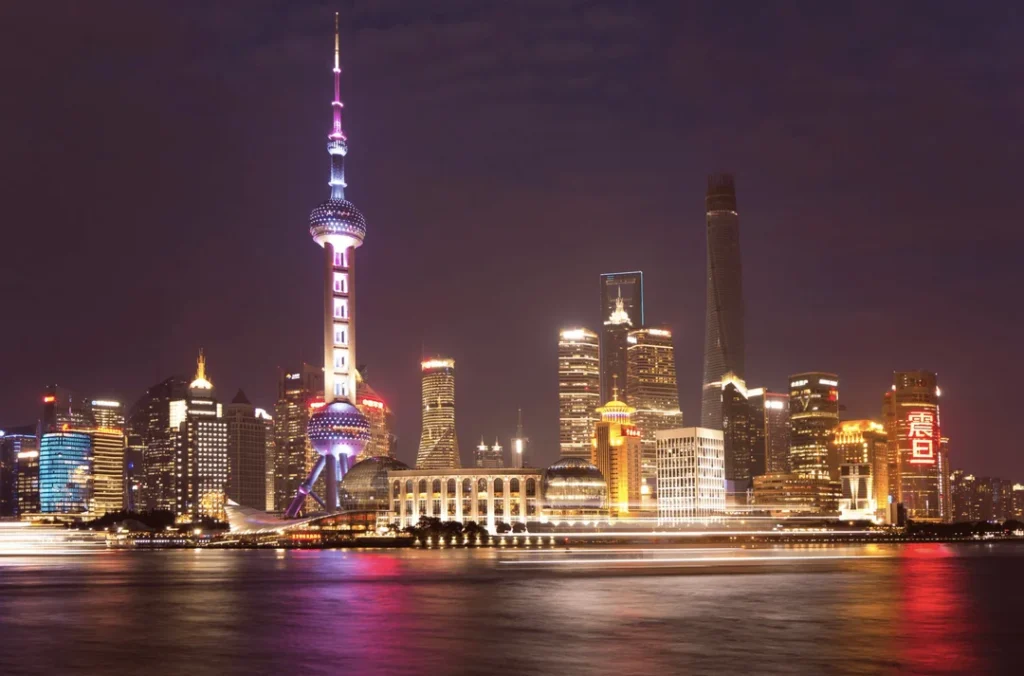
A Bold Move to Revive Tourism
In an ambitious effort to reignite its tourism sector, China has unveiled its most relaxed visa-free policy yet, permitting citizens of 74 nations to visit for up to 30 days without a visa. This significant change follows the lifting of strict travel restrictions in early 2023 and aims to boost economic recovery and strengthen China’s global appeal.
Record Numbers Return
Last year, over 20 million foreign visitors entered China visa-free, a figure that more than doubled the previous year and accounted for nearly one-third of international arrivals. As tourist flow rebounds, popular sites like Beijing’s Temple of Heaven and Shanghai’s Bund now see growing crowds of international travellers.
Traveller Experiences
Foreign visitors are welcoming the elimination of visa hassles. A Georgian tourist, Georgi Shavadze, highlighted the ease of spontaneous travel, saying the policy spares travellers from embassy queues and paperwork. Tour guide Gao Jun, with two decades of experience, said demand has surged so much he now trains English-speaking guides to meet the influx.
Which Countries Qualify?
The visa waiver covers most of Europe, many Asian nations, several Latin American countries, and some from the Middle East. A one-year trial extension, starting July 16, will add Azerbaijan as the 75th country. However, major African countries remain excluded, and the U.S., Canada, U.K., Sweden, and several others are not part of the scheme, though a 10-day transit visa-free option is available at select ports.
Economic and Cultural Payoff
Chinese tourism firms are already reporting strong recoveries. Luxury tour operator WildChina said business is up 50%, while Trip.com Group has seen bookings double with 75% coming from visa-free regions. This surge not only contributes to local economies, boosting hotels, transport, food and retail, but also supports China’s push to harness tourism as a soft power asset.
Beyond the Big Cities
China’s vision extends past major metropolises. The policy promotes exploration of inland areas such as Xi’an, Chengdu, Guizhou and Hainan, regions that had seen limited international attention before. By encouraging travel across both historic and emerging destinations, China aims for a broader tourist distribution and local economic benefits.
Image Reboot Through Tourism
Chinese authorities are also leveraging this initiative to reshape global perceptions. For years, China has battled narratives of isolation and opacity. Showcasing bustling modern cities, cultural richness and efficient infrastructure positions tourism as a softer, more appealing face of China. Travel influencers have amplified this positive image, highlighting the country’s vibrancy and warmth.
Transit Option Extends Inclusion
Even for nationals not covered by the 30-day visa-free policy, China offers a 10-day transit visa-free entry at 60 ports if travellers continue to a third country. This measure eases travel for visitors from the U.S., U.K., Canada, Sweden and others, balancing openness with control.
Pilot Success in Hainan
China’s broad visa initiative was preceded by a successful pilot in Hainan. The tropical island allowed stays of up to 30 days for citizens of 59 countries. Its success validated the feasibility of national rollout.
Challenges and Opportunities
Despite the encouraging response, challenges remain. Infrastructure must adapt quickly to manage tourist surges, particularly in smaller cities. Legal and enforcement mechanisms also need updating to address potential misuse, such as overstays or visa loopholes.
What Lies Ahead
This massive visa liberalization signals China’s ambition to reach pre-pandemic tourism highs by year’s end. It also reflects a broader geopolitical strategy: engaging the world through cultural exchange, economic interaction, and less restrictive policies. If successful, it could reshape China’s global image into that of an open, vibrant destination.
A New Era of Travel
China’s visa-free expansion opens up 30 days of exploration for millions, inviting travellers to experience its ancient wonders and dazzling modernity seamlessly. By stripping away red tape, China is effectively saying: “Come, discover us.” For travellers and world watchers alike, this marks the beginning of a transformative chapter in China’s engagement with the globe.




































Leave a Reply